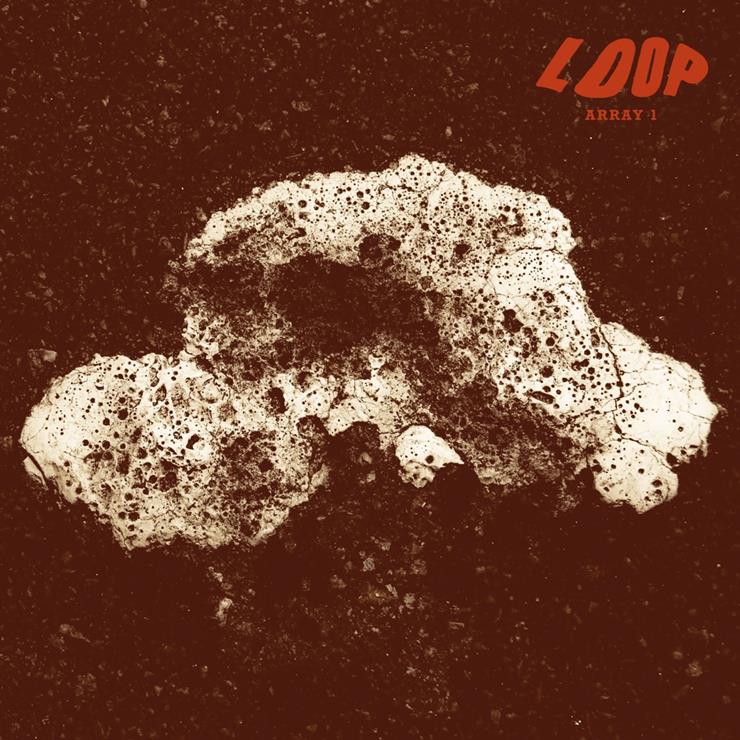When the Pixies released the first of their three EPs after a prolonged absence, back in 2013, many suspected that the decision to stagger their new material was deliberately made to circumvent the critical emphasis that would have been inevitably placed on the songs, had they been released together in the traditional album format. It’s easy to forgive the band for a couple of duff tunes, but when those EPs were eventually compiled and released as Indie Cindy the following year, it became clear that Black Francis and Co. lost their spark. There were characteristic hints of sardonic beauty here and there, but even Vaughan Oliver’s fabulous artwork struggled to save the listener from flatlining disappointment.
Loop is another band who have been away for a long time. They too broke up in 1991, got back together a couple of decades later and decided to release their first studio material in twenty-five years as a series of staggered EPs, “delivered in bulletins.” As the band name suggests, the music is inherently psychedelic and cyclical in nature. Not much has changed, then, and how can it, if the name you chose typifies the kind of sound you make? But I digress: there is no getting away from your image once a brand has been established, and we’re here to concentrate on the music anyway.
At first, Array 1 struggles to wriggle free from the sonic blueprint left behind by Loop’s third long-player, A Gilded Eternity (1990). The first two tracks, Precision and Aphelion, are precisely what a seasoned fan might expect from the band: lyrics about opaque things and drum rolls that massage the head slightly. However, it doesn’t take long for the repetitive nature of the punishing riff to root itself in one’s consciousness like an insidious virus. Late on, Coma breaks the mould by relinquishing the voice and rhythm section and delivering a dramatic impasse as a result. It is Radial, however, that stands tall above the rest. Slowly building over seventeen minutes, the track employs recordings of industrial materials caressing one another, before launching into a Neu-esque groove worthy of the dance floor.
Perhaps drawing up a parallel with Boston’s premier college rock band was a little unfair. Both Loop and Pixies share only coincidental attributes, such as the amount of time spent outside of the public eye. If truth be told, Black Francis never stopped making music, it just became increasingly mediocre and no brand could save him from that, no matter how loaded it was with memory and expectation. To be a prolific pop artist is as much of a blessing as it is a curse. Loop straddle the part of the popular music spectrum that welcomes experimentation. It’s a niche market, but they are aware of that fact and happily nestle themselves within that framework. Furthermore, Loop’s output seems to be tied to a conceptual strategy: repetition, balance and convergence are bedrock material for the exploration of infinite, universal themes. It is easy to misstep and bore your audience, precisely due to the universality of these themes, but Loop have managed to produce a product that is both sonically interesting and intellectually satisfying. One will look forward to digesting further bulletins.
Array 1 is out now via ATP. Buy it here.














No Comment